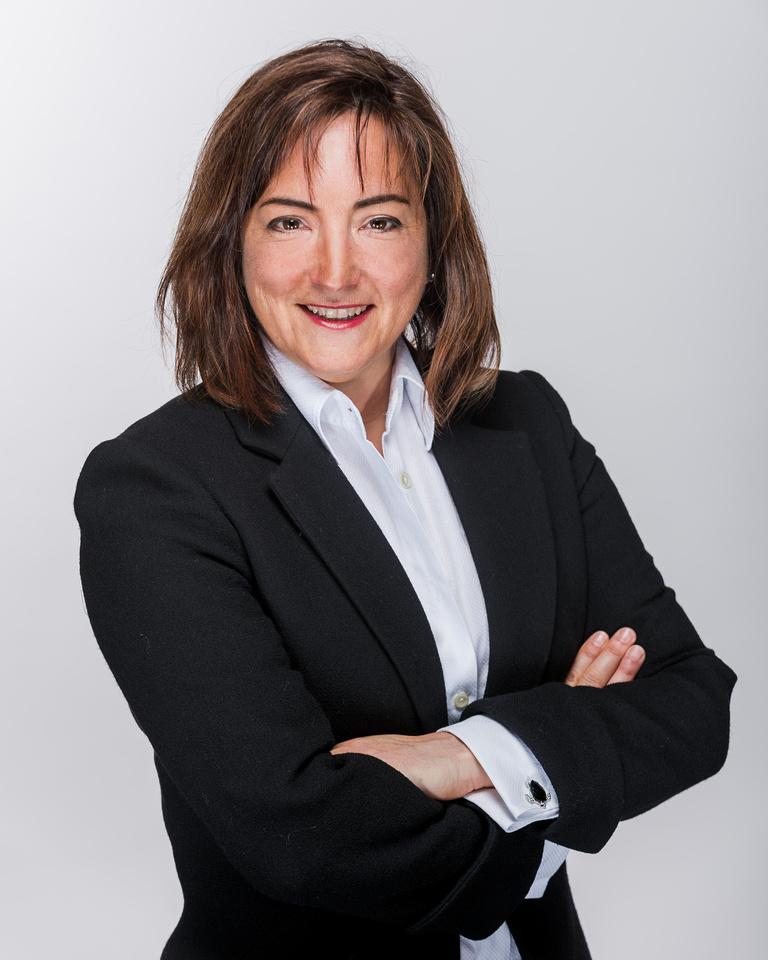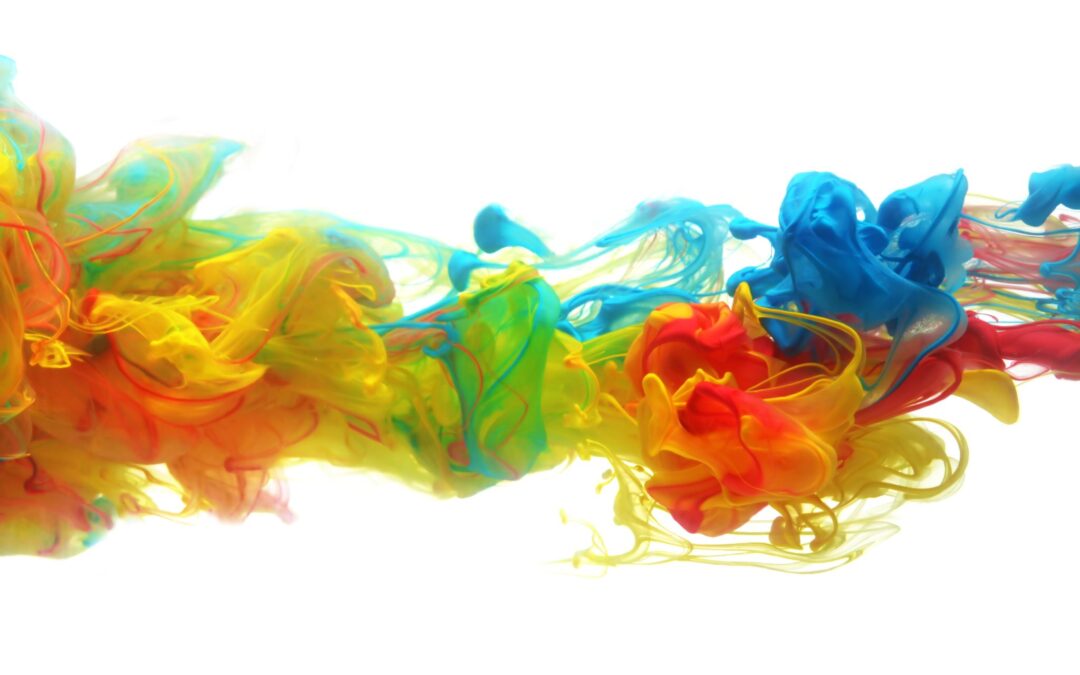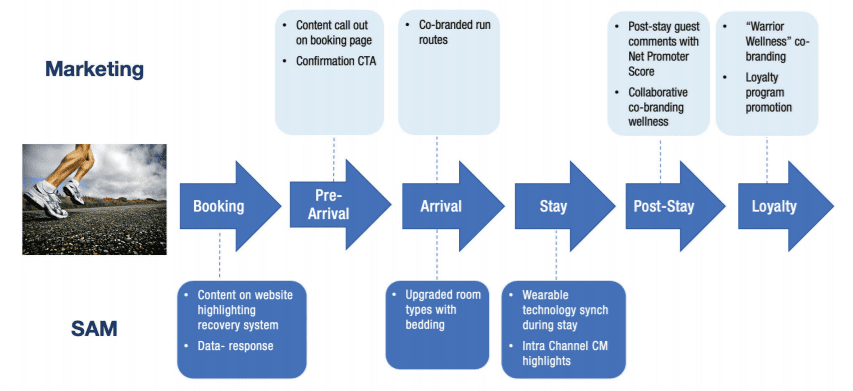Through Center of Excellence, Executive Engagement, & ABM MasteryOwner and Founder, CosawiDisruption continues to drive innovation across industries, reshaping how businesses engage with customers. In 2024, we’re witnessing rapid changes as companies adapt to...

Account Based Marketing interview by Pfizer COE
Account Based Marketing interview by Pfizer COE
In conversation with Dominique Côté from Cosawi Consulting– shining a light on the essential role of marketing in KAM.
Change involved everyone
Organizational change requires a fundamental shift in mindset, away from the traditional brand-driven focus, to an account-centric approach that centers on Key Accounts as sophisticated institutions with multiple stakeholders and complex decision-making and organizational systems. A fresh perspective that examines everything through the customer’s lens, taking a thorough “outside-in” viewpoint is essential. This is where marketing’s contribution can make a real difference by bringing understanding and insights about the customer journey. It is vital that this “outside-in” perspective is taken prior to considering the usual “inside out” standpoint.
It takes two to tango
Along with the Key Account Manager, marketing is the co-orchestrator of KAM – they are intrinsically linked. Key Account Managers together with skilled marketing professionals are the central duo, the perfect partnership to deliver an effective and successful Account Value Proposition (AVP) and ultimately bring about value for the account and improvements for patients. The earlier and more involved marketing is in KAM, the more relevant the solution and the more that can be achieved.
Marketing within KAM is an ABM approach, rather than one focused on a therapeutic area or brand and connects with brand marketing to build value beyond the products and services. This broader perspective is vital to support the development of the account-centric Value proposition.

Enabling effective KAM through integration of ABM
ABM supports KAM in three main ways:
- ACTIONABLE INSIGHTS AND THE CUSTOMER JOURNEY
- Securing actionable insights and interpreting the data to understand the patient and stakeholder needs, journey and, decision-making process to add value to KAM engagement
- In-depth Key Account understanding through specific stakeholder journey mapping
- BROAD INTERNAL KNOWLEDGE
- Detailed and holistic understanding of Pfizer’s capabilities, available products and, services beyond the brands themselves
- Ability to navigate the internal organization and secure the support needed from across functions to deliver AVPs
- Build business cases and scale best practice
- Break down silos and siloed working
- CO-ORCHESTRATION AND CO-CREATION
- Bring these skills and knowledge together to help co-create and implement solutions that deliver value for the Key Account and ultimately patients
- Use insights gained to optimize touchpoints throughout the decision-making journey, contributing to enhanced engagement and shed light on the varying stakeholder perspectives
- Drive the necessary “outside in” perspective to ensure the value proposition speak to the Key Account needs and improve patient outcomes
Download the Full Article PDF Here
Recent Posts
KAM Leader Series: Shaping Innovative Solutions
The Power of Account-Based Marketing: A Thales Case Study
By Dominique Côté CEO & Founder Cosawi Catherine Lapouge & Marine Bray-Bouineau Group Marketing and Sales Performance team Thales Pierre Schaeffer Chief Marketing Officer ThalesIn the work we do, we find fascinating to see that Marketing as a function is often missing...
Business Transformation Consulting CEO of the Year 2023
Dominique’s award-winning expertise and vision have earned her the prestigious recognition of Business Transformation Consulting CEO of the Year 2023. READ MORE













